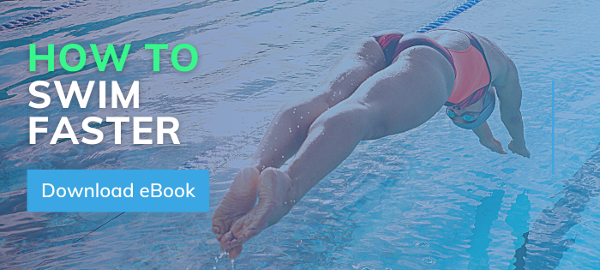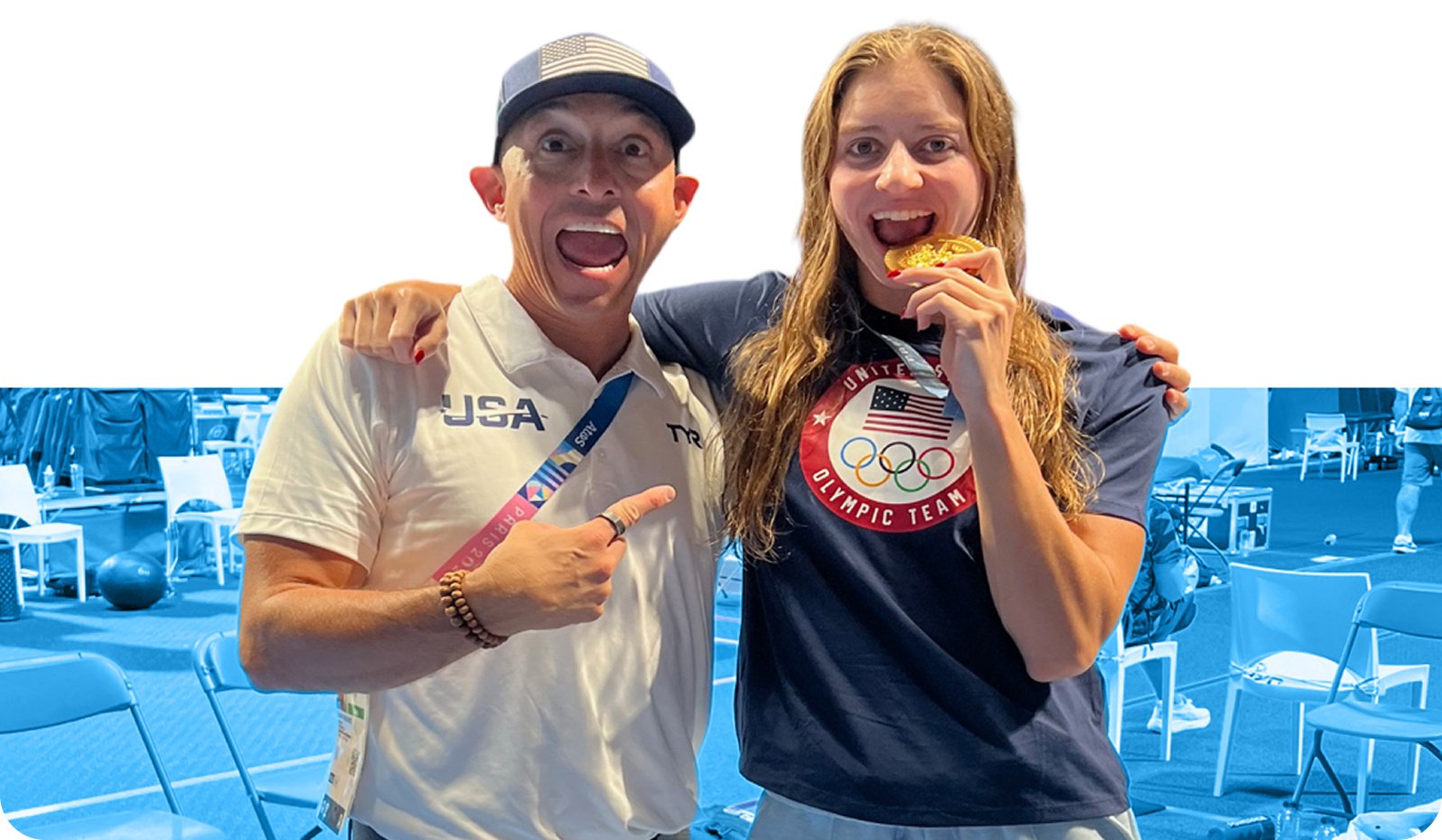TritonWear has the potential to revolutionize coaching. Just ask Kevin Anderson, head coach of the Mississauga Aquatic Club, who has been using the systems with his senior group since September. He refers to sensor technology as an evolution in the sport of swimming. “This is anything but a gimmick. This is the real deal.”
Lots of technologies assist coaches on a day-to-day basis. But what sets TritonWear apart is the way it fundamentally changes coaching. Sensor technology gives coaches the opportunity to put their stopwatches down and watch the workout, without worrying about getting splits and yelling out times.
Since integrating TritonWear into his program, Kevin says, “I evaluate [my swimmers’] mechanics and their turns and their finishes probably 25 or 30% more now than I used to before… It’s helped me as a coach focus more on the skills of the sport and trying to refine those skills for the athletes.”
Coaches can put down their stopwatches because TritonWear takes care of data collection. Performance metrics for all swimmers wearing a unit are recorded simultaneously and instantly sent to a single device. Coaches can then easily scroll through data for all swimmers in real-time. Huge amounts of data are compiled and displayed in clear visuals that make it easy to see progression in splits, stroke count, stroke rate, and every other metric for each individual. TritonWear makes it possible for Kevin to track every swimmer’s stroke efficiency, over every length of a practice. “I can never do that for thirty athletes with a watch.”
The real benefit of TritonWear is in its long-term application. The technology is reliable practice-after-practice, day-after-day, and data is uploaded so that it can be tracked over time. This consistency in data collection makes it possible to view swimmer progression over the course of an entire season.
Coaches that repeat sets can tag them and compare apples-to-apples for each swimmer on a weekly basis. Having access to this information makes it easy for coaches to make adjustments to practices based on hard data; if stroke efficiency is dropping across the board, it probably means swimmers need more recovery time. Coaches no longer need to rely on intuition when planning – they have data as proof.
TritonWear can also make swimmers more coachable. Kevin says that swimmers using sensor technology “stay engaged in their day-to-day training, and it keeps them focused on their performance.” Tech-savvy kids become more invested in their training, as they can sign into their online profile and track their own progress over time. This gives swimmers more opportunity to become a “student of the sport” outside the pool. With greater access to information, swimmers can explore various pieces of their own swimming, and identify more ways to improve.
TritonWear heightens knowledge, but athletes get so much more than just the information on the unit. Sensor technology increases awareness on the part of both the athlete and the coach. Wearing a TritonWear unit can also make swimmers more accountable. They know they can’t hide from the coach when all of their metrics are being tracked – TritonWear fosters a more honest, fact-based training environment.

Most importantly, TritonWear is easy to use. After months of using it in his program in Mississauga, Kevin describes the technology as “simple and seamless,” and “reliable workout after workout.” Coaches don’t need extra work or frustrations, but TritonWear technology is easy to setup and to manage on a daily basis. It truly functions as a streamlined extension of a coach’s expertise.
Coaches using TritonWear are able to give more attention to each of their swimmers and track valuable performance data over time, to pinpoint areas for improvement and make adjustments in training based on facts. Sensor technology could truly revolutionize coaching forever – it’s here to stay. As Kevin says, “Get one or get left behind.”

/Blog%200802%20-%20insta.png)

.png)


.png)